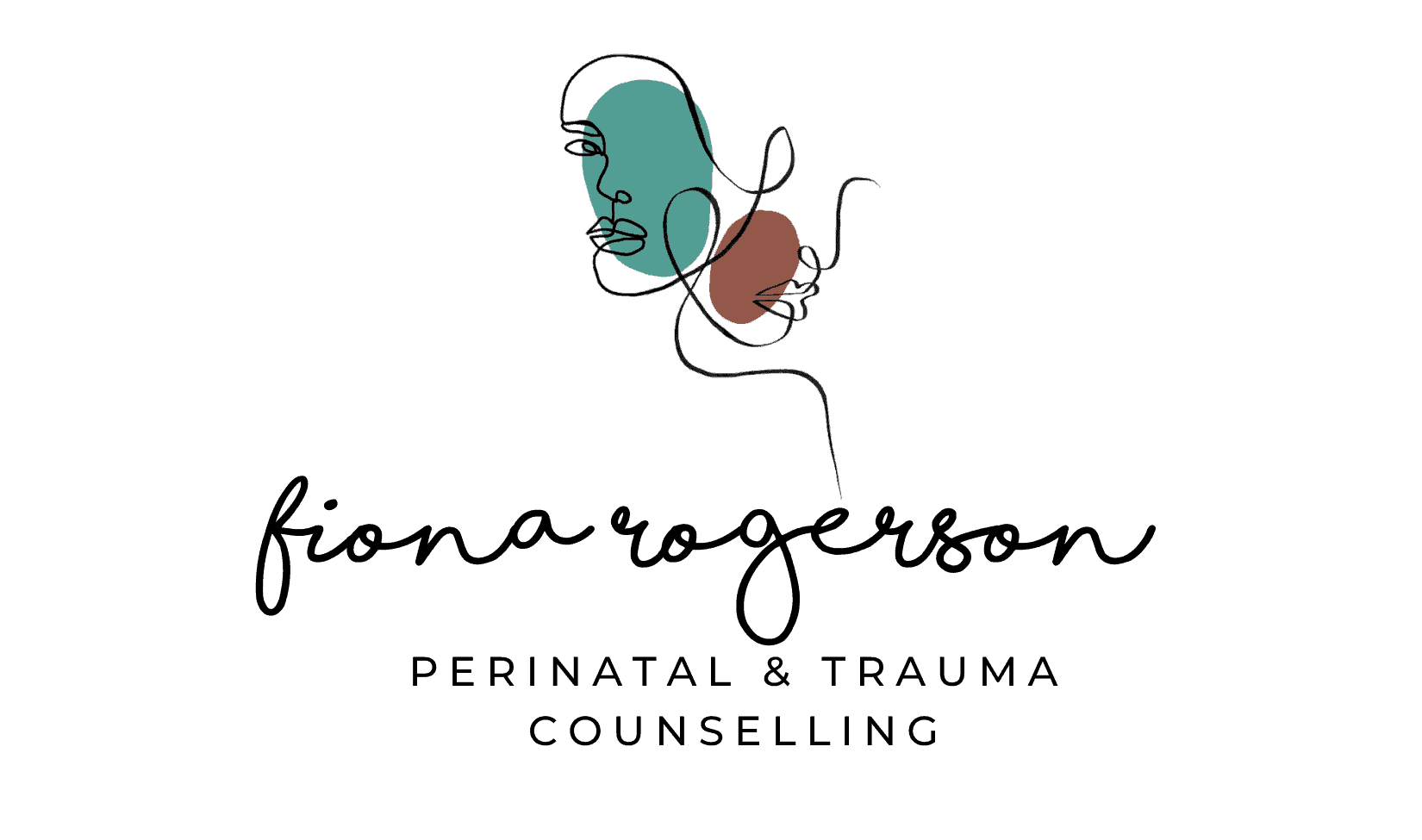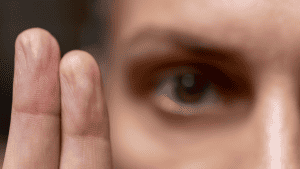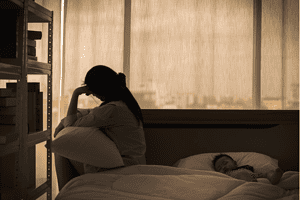Somatic vs emotional flashbacks – what’s the difference?
The bliss I had felt during my first pregnancy was nowhere to be found. Instead, going through the motions of this pregnancy had triggered intense feelings from my daughter’s birth. My body was remembering the painful events of that birth, and these visceral memories brought with them a complete rollercoaster of difficult emotions and experiences.
This isn’t uncommon – for traumatic events of our past to become present again as we go through something that reminds us of that time.
Of the 1 in 4 women who feel trauma surrounding the birth of their child, some will also experience flashbacks.
Whilst flashbacks can be alarming and scary to go through, they are a natural part of the body’s response to an overwhelming event or situation.
If you’re experiencing flashbacks or you’re supporting someone who is, please know that they don’t have to be lifelong. Part of the healing process is to understand what flashbacks are, and how to support the mind and body through them.
In this post, we’ll explore the difference between a somatic and an emotional flashback and tips for coping with them.
What is a flashback?
Painful and traumatic events don’t just live in our minds – they are also stored in the body, as memories.
Sometimes when traumatic events happen, there’s a physiological energy that becomes stored within the body and can show up in different ways, including through flashbacks.
Commonly described as a re-experiencing of the traumatic event through imagery, nightmares, or intrusive memories, flashbacks can leave you feeling distressed.
They occur when something (a trigger) reminds us of a past traumatic experience. These reminders can be people, places, objects or even sounds and smells.
There are two commonly experienced types of flashbacks – somatic and emotional.
What is a somatic flashback?
A somatic (‘Soma’ meaning ‘body) flashback causes a physical re-experiencing of the trauma, through sensation, pain and/or discomfort.
Somatic flashbacks can involve:
- An involuntary re-experiencing of a past traumatic event
- Re-experiencing the emotional and physical sensations that were felt during the event
- During a somatic flashback someone may see complete or partial images from the event
- The person experiencing the flashback may hear sounds associated with the event
- They may experience physical sensations that took place, e.g. sweating, racing heartbeat, pain
- Sudden and unexpected onset
- A dissolve episode, in which time and reality are suspended.
These are the type of flashbacks that most people think of as a ‘flashback’, however there is another type that can be just as challenging to experience, called an emotional flashback.
What is an emotional flashback?
Not as widely recognised or spoken about, emotional flashbacks can be unnerving and upsetting for those who experience them as they don’t involve imagery or audio from the event.
Sometimes there is no single event that is responsible for an emotional flashback.
Emotional flashbacks can involve:
- An absence of visual or auditory memory intrusion
- Sudden regressions to intense emotions and feelings experienced in a past event or events (e.g. helplessness, despair, fear, rage)
- Often associated with complex trauma or cPTSD (complex post traumatic stress disorder), related to adverse or threatening conditions from childhood.
How to support yourself or someone you know with flashbacks
As distressing as they are to experience, flashbacks are most definitely treatable. In fact, there are several evidence-based options for treating flashbacks, that support individuals to address triggers and symptoms, and to become free from them.
Every person is different, however some gentle places to start include:
- Practising self-talk while you employ other techniques, reminding yourself that you are safe, this is not happening right now, this is not real
- Focusing on your breathing
- Practising grounding techniques that work to anchor you in the present, for example: engaging your senses
- Identifying activities, objects or people that make you feel safe
- Tracking your triggers and patterns through keeping a journal or diary
- Working with a trauma therapist to process the unresolved trauma that is leading to flashbacks.
How can birth trauma counselling help with flashbacks?
Flashbacks often occur due to unprocessed trauma. Birth trauma counselling provides a supportive space to process these experiences in a safe way. Counselling can help you to reduce post-traumatic emotional, psychological and physiological symptoms through the use of therapeutic approaches, such as EMDR, to help your brain and body heal from the trauma it has experienced.
If you’re experiencing somatic or emotional flashbacks please know you’re not alone, and this experience doesn’t have to be lifelong.
If you’re interested in counselling, you can learn more about what I do here, or get in touch via the link below.















